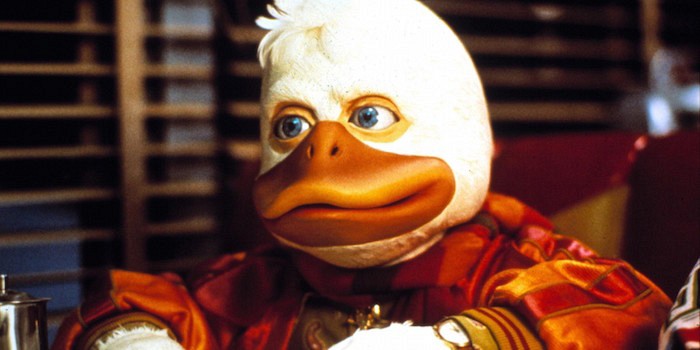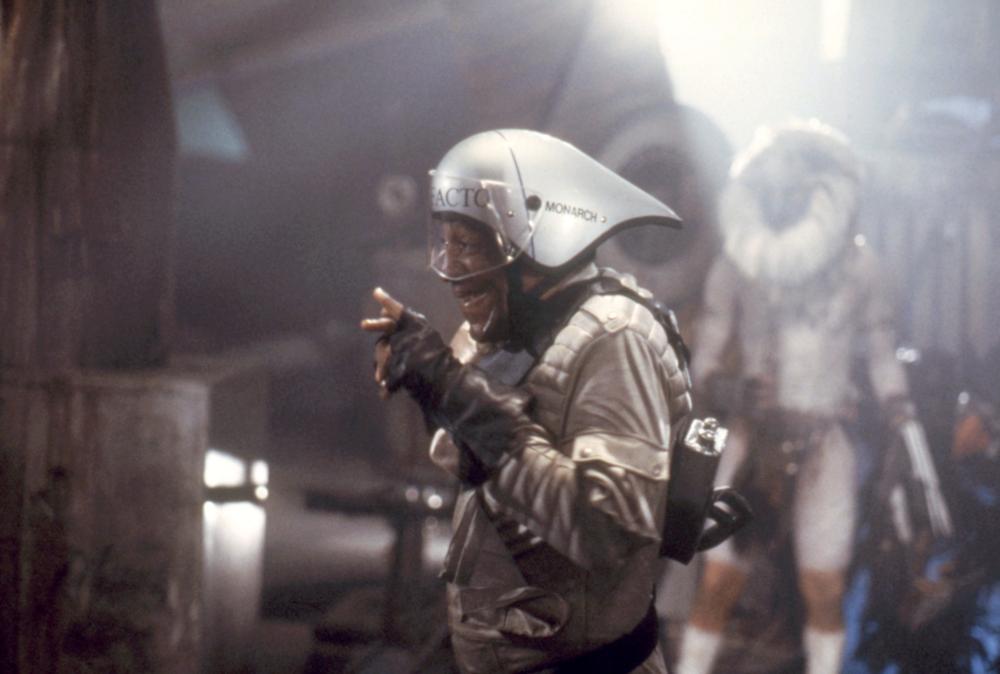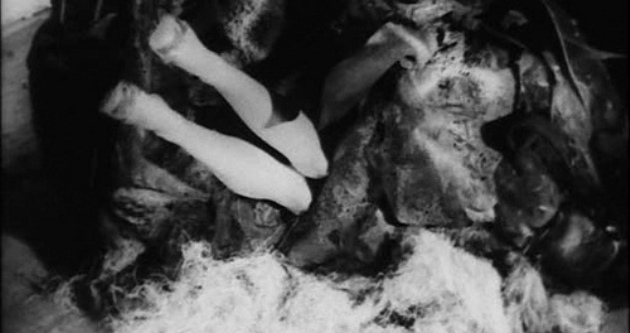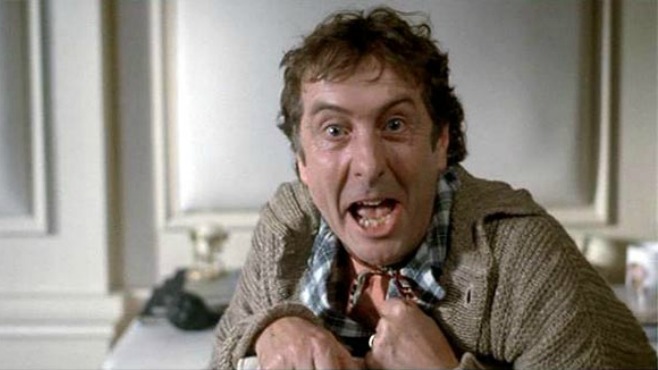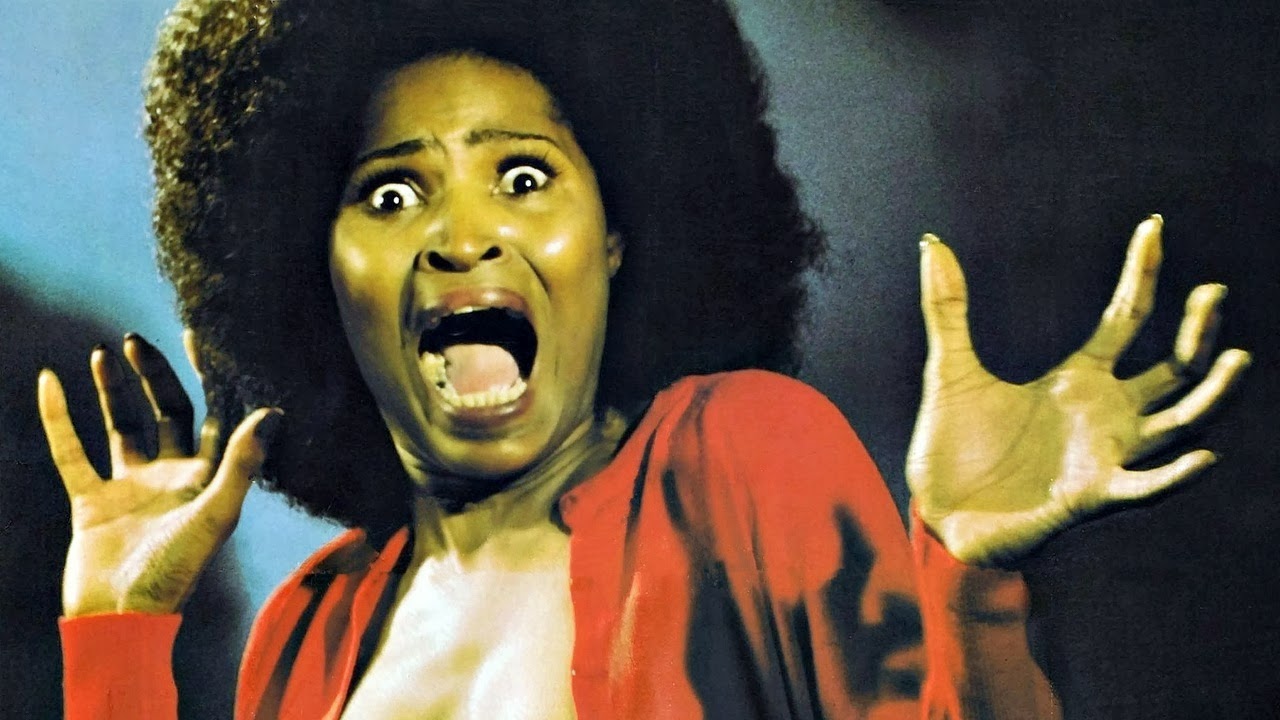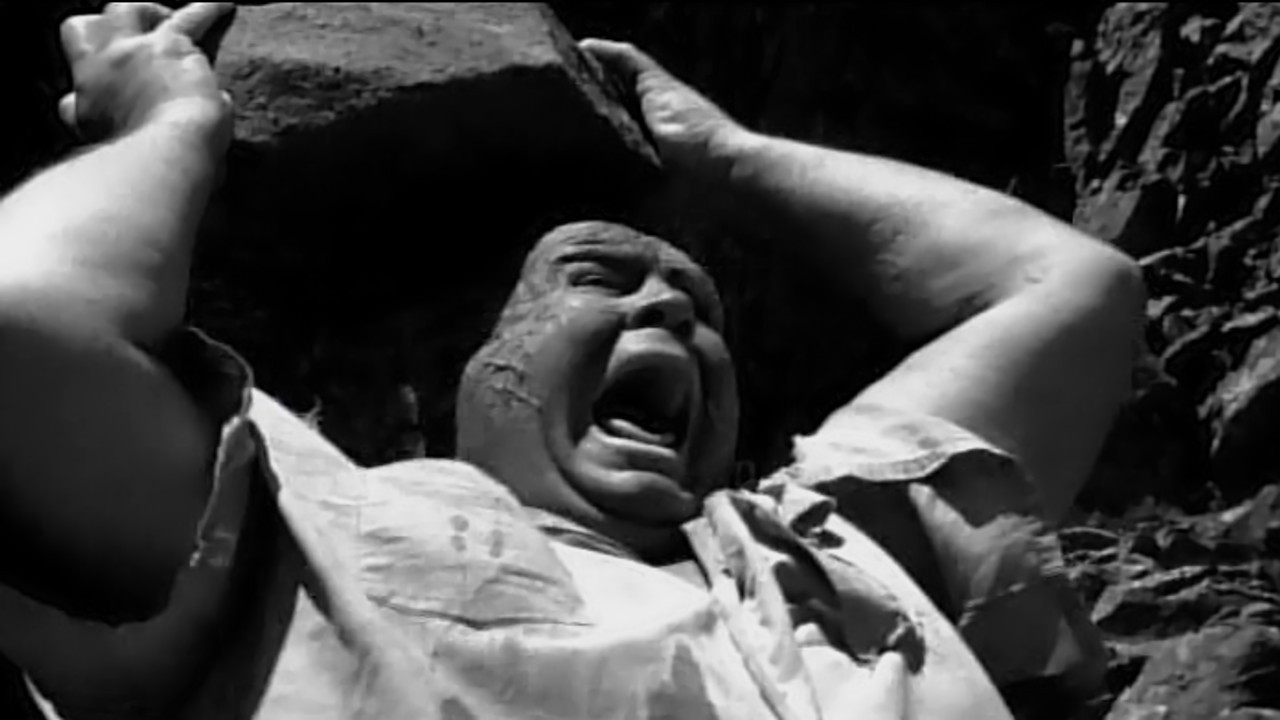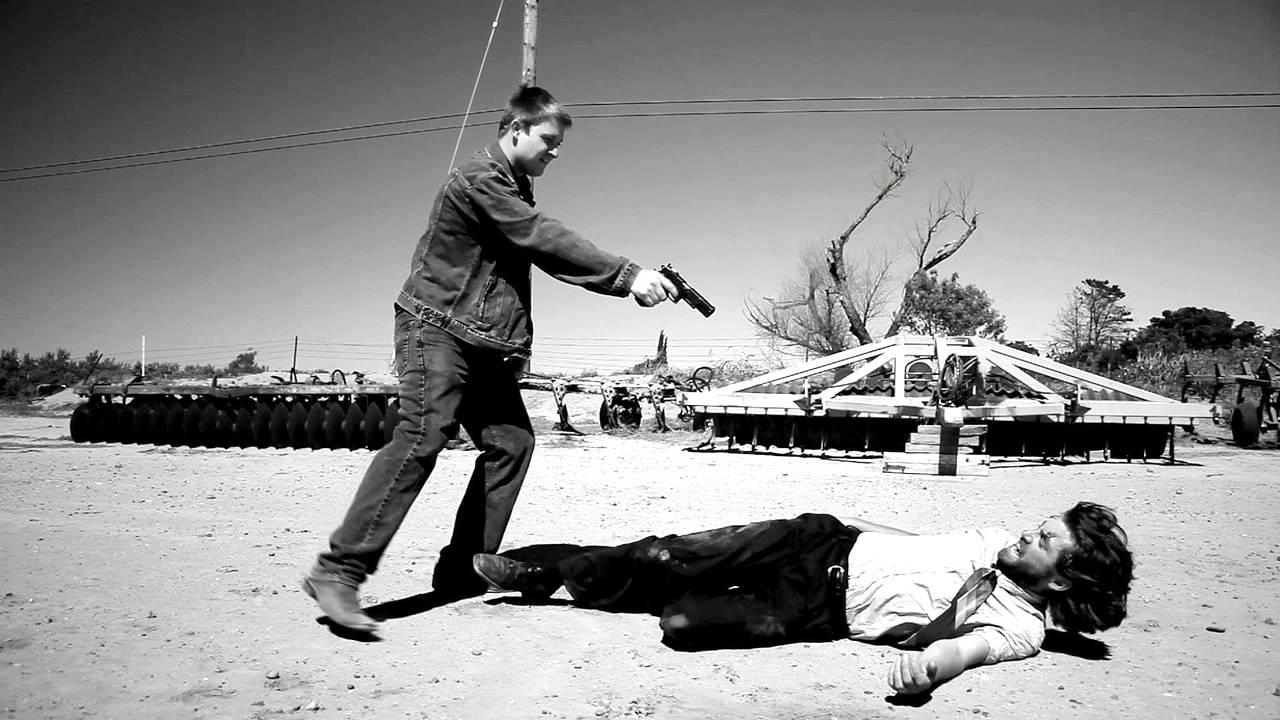“Not funny enough, or dramatic enough, or sexy enough, or bad enough, to qualify as entertainment in any category.”
That’s Leonard Maltin’s verdict on Striptease (1996), a Demi Moore vehicle that proves not all bad movies are uproarious fun. Anyone who enjoyed Plan 9 From Outer Space or Troll 2 would go out of their minds if locked in a cinema during a screening of this turkey.
Maltin’s words also serve as a good definition of what makes a picture truly bad as opposed to enjoyably bad. Plan 9 may be a failure on every conceivable level, but it fails upwards (so to speak), whereas Moore’s film is so flat and forced you’ll check your watch every two minutes.
Tragically for lovers of good bad movies, the latter trend is now standard at the multiplex. Jack & Jill, Ouija and A Haunted House 2 weren’t just bad, they didn’t even have the decency to amuse, intentionally or otherwise. Everything is subjective, of course, but any viewer who cares to argue the merits of the following clearly has no love for their fellow audience members.
20. Leonard Part 6 (1987)
Lots of money, talent and product placements for Coca Cola went into Leonard Part 6, and the film certainly isn’t lacking for ideas or set pieces – they’re just not very good ideas or very clever set pieces.
Bill Cosby is spy-turned-restauranteur Leonard Parker, who’s brought out of retirement to track down a “vegetarian and former ecologist” with a formula for controlling the minds of various creatures. Said formula turns lobsters, frogs and gophers into crazed killers capable of throwing cars through the air, and only Cosby can save the day with his underarm rocket launcher and flying ostrich.
Which might sound like goofy fun, and in the hands of Barry Sonnenfeld it could’ve been another Men In Black, but every single joke lands with a thud. If you didn’t think Wild Wild West had enough half-baked ideas, you might enjoy it.
19. The Creeping Terror (1964)
Written by the director of a 3D softcore porno, directed by a conman and starring its own investors, this creature feature has little enough going for it even before the ‘monster’ appears on screen. Described by Harry and Michael Medved as “a man-eating carpet from outer space”, our antagonist is just that – a carpet draped over several students, whose feet we can see at the bottom of the screen.
The opening sequence sets the tone: bad acting, bad lighting and bad cinematography topped off with mismatched stock-footage and stale narration. Director Art J. Nelson (who also plays the lead under the alias “Vic Savage”) either shot the picture without sound or lost the soundtrack in post-production; either way, he brought in a local newsreader to narrate the picture, leading to several scenes where conversations between characters are paraphrased in voice-over.
Any movie where a girl wears a bikini for a picnic in the woods isn’t aiming for High Art, but that doesn’t excuse the level of technical incompetence on display here. Along with all the visible ropes, wires and crewmembers, we’re also treated to the sight of the cameraman’s cigarette smoke drifting into shot following an onscreen death, making you wonder what Nelson actually did.
18. An Alan Smithee Film: Burn Hollywood Burn (1998)
While Flashdance, Jagged Edge and Basic Instinct made Joe Eszterhas notorious, Sliver, Jade and Showgirls turned him into a joke, so Burn Hollywood Burn was the screenwriter’s attempt to bite the hand that fed him, an ‘insider’ satire from the man most qualified to write it. It should’ve been brilliant. It’s not.
Endorsed by Roger Ebert as “a spectacularly bad film – incompetent, unfunny, ill-conceived, badly executed, lamely written and acted by people who look trapped in the headlights”, Burn centres on Trio, a $200 million cop movie whose director, Alan Smithee (Eric Idle), would rather steal the negative and hold it to ransom than attach his name to it. You see, he can’t adopt a pseudonym because the name used by the Director’s Guild when a filmmaker refuses credit is….Alan Smithee!
In fact, so desperate was Burn’s director, Arthur Hiller, not to be associated with this misfire that he took the Smithee pseudonym, making An Alan Smithee Film a true Alan Smithee film. No, really, this is the funniest ‘joke’ in the movie.
Shot as a pseudo-documentary, this might’ve worked had it eschewed cheap gags in order to build a credible story, but not only is Eszterhas only interested in sophomoric puns, the cast overplay at every available opportunity. When a picture’s comedic heavyweights include Robert Evans, Sylvester Stallone and Ryan O’Neal, you know you’re in trouble.
17. Blackenstein (1973)
Following Blacula and Dr Black Mr Hyde, another public domain horror title gets the Blaxploitation treatment, only this time the results are much less interesting.
Dr Stein, an evil genius who has “just won the Noble Prize for solving the DNA genetic code”, is puttering around his lab when a former student arrives with some news – her boyfriend Eddie, who lost his arms and legs in Vietnam, is coming home. Knowing that the Doc is an expert at limb reattachment, she requests his help, and you know what that means.
Don’t get excited, because half the movie is over before Eddie gets off his slab and begins lumbering about, punishing those that tormented him. In fact, there’s no reason to bother at all with this time waster, which looks cheap, is full of uninteresting characters and worst of all, doesn’t have the decency to be funny.
16. The Beast Of Yucca Flats (1961)
A filmmaker with such appalling taste that he allowed John Carradine to sing the theme song to one of his movies, Coleman Francis achieved a dubious honour – each of the 3 films he directed was parodied on Mystery Science Theatre 3000.
Francis’s debut feature, The Beast Of Yucca Flats, was shot MOS (“Mit Out Sound”) and dubbed in post-production, but instead of bringing in actors to dub in lines, Francis narrates the entire picture in deadpan style, and the results are at best mystifying. The “plot” revolves around a “noted scientist” (played by Swedish wrestler Tor Johnson) wandering onto a nuclear testing ground.
Francis’s debut feature, The Beast Of Yucca Flats, revolves around a “noted scientist” (played by Swedish wrestler Tor Johnson) who transforms into the eponymous monster after stumbling onto a nuclear testing ground. Which might’ve made for an entertaining B-movie if only Francis hadn’t decided to shoot the film MOS (“Mit Out Sound”) and dub it in post-production.
Instead of hiring actors to dub in lines, Francis narrates the picture in deadpan style, and the results are at best mystifying. As the police close in on Johnson, Francis says, “Find the beast and kill him. Kill or be killed! Man’s inhumanity to man!” When characters are shown puzzling over the beast’s disappearance, Francis says, “Flag on the Moon. How did it get there?” You can only scratch your head in wonder.
15. Eegah! (1963)
Reasoning that giants must exist because “the Bible says so”, a trio of idiots search for them in California’s Bronson Canyon and immediately encounter 7 foot 2 inch Richard Kiel who, clad in a loincloth and hilarious fake beard, looks considerably less menacing than he did in The Spy Who Loved Me.
Anyway, Kiel abducts a young girl and introduces her to his “family” (a collection of corpses she greets one by one with “nice to meet you”), then she introduces him to a razor and shaving foam before being rescued by her boyfriend. This doesn’t sit well with Kiel, who vows to get her back while screaming the one word he speaks during the film: “Eegah!”
Producer-director-actor Arch Hall Snr reportedly came up with the concept after meeting Kiel, cast his secretary as the female lead and attempted to create an Elvis-like persona for his son, hence the bizarre song I Love You Vicky – which is sung to a girl named Roxy. Incredibly, Eegah! Became a Drive-in hit, earning back its $15,000 budget at a single screening. “It was always sort of a subject of laughter,” Hall said, years later, “that the damn thing did so well.”
